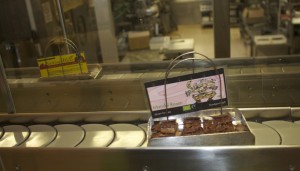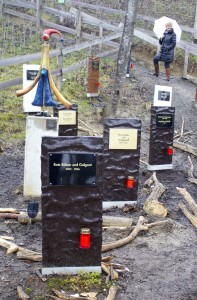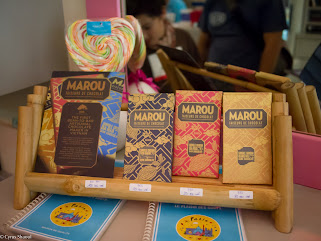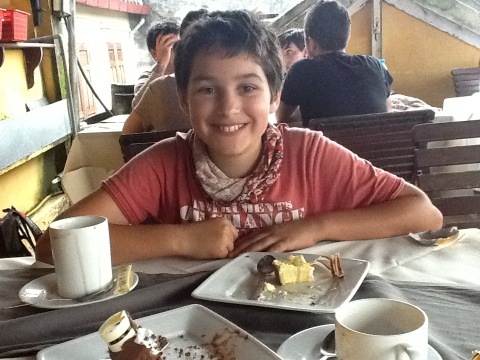This is my first post in a long time. I think it’s been 8 years! It seems strange to pick up this blog again after so long but I’m compelled to do it because I’ve learned so much about the cacao industry and issues of sustainability since 2012. I’ve also learned more about how I want to express myself as a chocolatier, an academic and chocolate connoisseur and I’m ready to share it.
After a 3 year stint in Germany with my husband and 2 children, I started grad school in Vermont which I completed in 2018. My degree is in the field of sustainable development, which looks at ways to improve the methods by which progress is achieved without damaging the environment and or the livelihoods of people. Apparently the term sustainable development is already outdated since critics question the validity of attempting to sustain a system that is no longer feasible.
My topic of research focused on cacao, of course, and how to support farmer livelihoods when prices for cacao fluctuate wildly(mostly dropping) and there is a push by the big chocolate firms for farmers to plant cacao in a way that benefits them and not the farmers. These corporations then make claims about sustainability, but what it really means is they can sustain their need for cheap cacao in order to continue swamping the market with their candy.
In my thesis I argued that one way to improve the livelihoods of farmers isn’t to have them grow more cacao which is what is at the heart of these sustainability initiatives, but for them to capture more value through things like profit sharing or chocolate processing. I specifically looked at ways to use the cacao baba, which is the pulp of the cacao fruit, as another way for farmers to make money.
It’s been 2 years since I finished my degree and I am realizing that some of the ideas behind my thesis are just that-ideas and in order to realize them, I will need to engage with them and actualize them. One way to do is that is to turn these ideas into viable products and test them out on the market. This blog is meant to document some of these experiments.
I’m currently developing recipes using chocolate and cacao pulp which will include CBD and eventually THC. My business partner, Sara and I want to create a line of edibles that will help women manage issues related to hormonal fluctuations. I’m especially excited about using cacao pulp because I want people to taste and learn more about this delicious fruit which has the potential to increase the income for cacao farmers everywhere.
I will try to post lots of recipes using the cacao, updates on our business as it develops and any information related to cannabis, especially its effects on women’s health.





















































































 It was getting quite dark now and the kids were bored and hungry. Luckily dinner was ready. Herminia cooked us a wonderful fish dinner. One for each of us! They declined to join us for dinner because they had friends visiting later and wanted to eat with them. I felt bad eating my whole fish in front of the family, but I was starving and the fish was delicious and that overrode all sense of propriety.
It was getting quite dark now and the kids were bored and hungry. Luckily dinner was ready. Herminia cooked us a wonderful fish dinner. One for each of us! They declined to join us for dinner because they had friends visiting later and wanted to eat with them. I felt bad eating my whole fish in front of the family, but I was starving and the fish was delicious and that overrode all sense of propriety.










































































